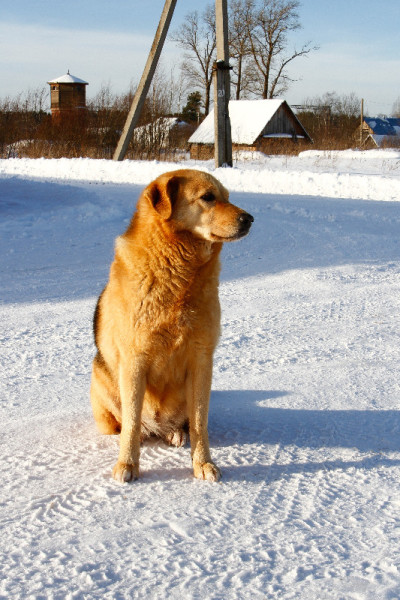How Does Daylight Savings Time Affect Your Dog
Everyone in the US, apart from Hawaii and Arizona, looks forward to the second Sunday of each March when they can set the clock forward by an hour at 2 a.m. The result is that millions of Americans miss the following morning’s worship and stay sleepy for a couple of weeks. A cup of coffee helps us keep off sleep on Monday. But how does daylight savings time affect your dog?
History of daylight savings time
Benjamin
Franklin
is
one
of
the
reasons
we
adjust
our
clocks
by
an
hour.
He
noted
that
people
wasted
valuable
oil,
wax,
and
free
light
by
burning
candles
to
work
into
the
night
and
sleep
through
the
morning
sunshine.
In
his
essay,
An
Economical
Project
for
Diminishing
the
Cost
of
Light,
he
suggested
that
Parisians
used
the
seasons
to
adjust
clocks
in
order
to
maximize
productivity
and
save
resources.
Germany
became
the
first
country
to
implement
the
idea
in
1916.
When
the
US
followed
suit
in
1918,
the
result
was
grumpy
Americans
complaining
about
a
lost
hour
every
Marchfor
almost
a
decade.
Daylight
Savings
messes
our
body’s
natural
rhythm
leading
to
moodiness,
insomnia,
and
reduced
productivity.
Our
dogs
also
suffer
the
effects
of
daylight
savings,
but
in
a
different
way.
How are dogs affected by daylight savings time?
Animals,
particularly
dogs,
have
their
physiology
and
behavior
tuned
to
the
cycles
of
light
and
dark.
They
wake
with
the
sunrise
and
sleep
after
sunsets.
They
work
like
clockwork
and
develop
precise
patterns.
But
dogs
can’t
read
clocks,
so
why
should
a
60-minute
modification
affect
them?
It
isn’t
the
time
modification
that
really
affects
them,
but
the
sudden
change
in
your
routine
that
does.
Their
interactions
with
you
suddenly
change,
and
you
will
take
them
to
go
potty
an
hour
early
or
late,
serve
them
meals
at
a
time
they
are
not
used
to
and
reschedule
their
walks.
The
mornings
are
suddenly
earlier
and
the
evening
walks
are
late
and
warmer.
They
find
these
changes
so
sudden
and
challenging.
There
is
a
need
to
help
them
adapt
to
the
time
changes.
Helping our dogs adjust to daylight savings time
The
first
week
is
quite
unsettling,
however,
that
can
be
corrected
by
an
additional
walk
or
an
extra
shot
of
caffeine.
It
helps
to
develop
a
routine
and
stick
to
it.
Go
to
bed
at
a
normal
time
even
if
you
aren’t
feeling
tired.
Put
the
dog
to
sleep
at
regular
times
even
when
it’s
not
ready.
The
sooner
it
settles
into
the
new
schedule
the
more
rested
it
will
be.
Besides,
a
little
more
sleep
won’t
hurt,
will
it?
More
playtime
and
longer
walks
are
usually
enough
to
get
them
into
the
new
routine
and
improve
their
sleep
patterns
and
quality.
Relaxing
scents
and
nutritional
supplements
such
as
melatonin
can
be
used
if
the
dog
is
extremely
sensitive
to
time
changes.
However,
make
sure
that
you
get
advice
from
a
veterinarian
before
using
supplements.
Avoid
sugary
or
high
carbohydrate
meals
before
bedtime.
Since
dogs
cherish
routines
so
much,
try
to
feed
it
at
the
same
time
every
day.
Before
leaving
the
house,
wake
the
dog,
take
it
for
a
walk,
feed
it
and
take
it
for
one
more
walk.
Prolonged
spring
and
summer
times
will
also
help
them
become
more
active.
Dogs
have
a
close
connection
to
the
environment.
The
spring
solstice
makes
them
friskier,
and
as
the
weather
warms,
they
get
renewed
vigor.
Basically,
your
dog
is
welcome
to
the
time
change.
It
means
more
playtime,
longer
and
warmer
naps,
and
more
bonding
time
with
you.
It
is
your
response
to
daylight
savings
that
affects
them.
If
you
become
grumpy,
you
could
affect
your
pups
mood.

